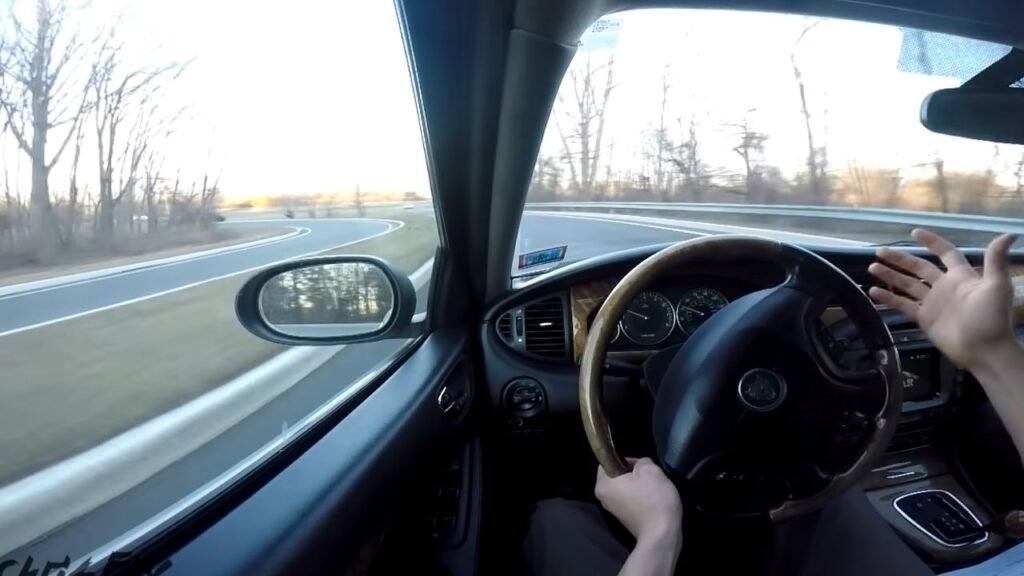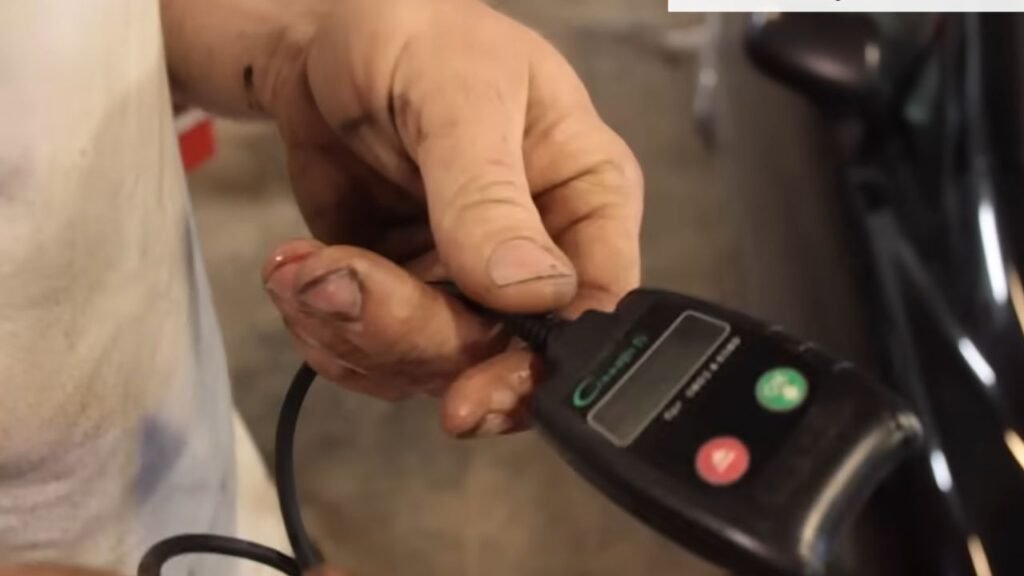In the mix of high value costing of vehicles its a smart decision to buy used car but there are some things you need to take care of. In this guide of used car test drive checklist we are going to tell you about major things which you need to take look before making any decision.
Pre-Drive Investigation
Document Scrutiny
Most important thing you should do is start looking at the documents. check its comprehensive history before physical inspection. Cross-reference the VIN on the dashboard, driver’s door jamb, and registration documents for inconsistencies that may indicate rebuilt wrecks or title washing.
Pay special attention to the flood damage as its is incredibly high nowadays with major hurricanes. Vehicles from affected regions often resurface with “clean” titles despite corrosive damage to wiring harnesses and safety systems. Verify service records for timing belt replacements, fluid changes, and recall repairs, as gaps may signal neglected maintenance that could incur thousands in repairs.
Exterior Forensic Analysis

Conduct inspections in natural daylight to detect any damage to exterior detailing’s. Look specially for
- Uneven panel gaps,
- mismatched paint textures (like “orange peel” finishes),
- overspray on trim pieces
We recommend you to run magnet over the surface to know the plastic filler beneath the surface. examine uneven inner/outer wear points to misalignment or suspension issues. Check windshield glass for manufacturing date codes; mismatched dates between windows may signal undocumented replacements.
Interior and Under-Hood Diagnostics

Before starting the engine, go through every detail of cabin. note that the musty odors or gritty residues in seat tracks are the signs of flood damage. test all the electronics power window functions and dashboard lights.
Check oil, if it is milky appearance then know it is an coolant contamination while dark brake fluid indicates service overdue. Inspect belts for cracking and battery terminals for corrosion, which accelerates failure in extreme climates.
Test Drive Checklist

Insist on evaluating vehicle after seating overnight, we call it cold start protocol. A pre-warmed engine can mask critical issues:
Cold-Start Protocol
- Abnormal Noises: Ticking or knocking during cold startups warns of impending rod bearing failure.
- Exhaust Smoke: Blue smoke indicates oil burning (valve seal issues); white smoke suggests coolant leakage.
- Warning Lights: Use an OBD-II scanner to check for stored codes, even if the check engine light isn’t active.
Dynamic Driving Assessment
We recommend you to structure your test drive where it will replicate diverse conditions:
- City Driving: While driving on city roads you must check low speed steering response and how are the breaks feeling. Pulsating pedals indicate warped rotors ($350+ repair), while steering pull suggests alignment issues.
- Highway Merging: test acceleration on the highways, if it has lag or pulsating acceleration then there is fuel system faults or transmission slippage.
- Uneven Surfaces: Drive over potholes or speed bumps and note noises signal worn ball joints or struts (these costs $400–$800 for repairs).
- Hill Climbs: Assess engine power retention and transmission behavior, check for delayed shifts in automatics or clutch shudder in manuals predict expensive rebuilds.
Systematic Component Testing

- Brakes: Conduct multiple stops from 40+ mph. If you feel there is Grinding or vibration then it will need immediate rotor replacement.
- Electronics: Activate all systems like climate control, infotainment and cruise control. if there is weak airflow it means blower motor failure, Infotainment reboots in between driving suggest software glitches, so keep eye on it.
- Transmission: For automatics, check for harsh or delayed shifts are noticing and for manuals, check for gear grind during rapid acceleration.
- Noise Profiling: Listen for suspension creaks over bumps, wind whistles around window seals (indicating wear), or whining from differentials. these are common indicators of failed noise profiling.
Post-Drive Forensics

Post driving check for fluid leakage, park your car on clean cardboard and let the engine idle for 5 minutes. If you see green/yellow puddles then it means coolant leaks and increased risk of overheating. If there is red fluid then know there is transmission fluid loss happening which we consider as a precursor to failure.
Lastly, if you see dark brown spots then know there is engine oil seepage, often from worn gaskets.
Re-Inspection of Critical Areas
Recheck under-hood fluid levels, as driving may expose leaks not visible pre-drive. Examine the exhaust for black soot (fuel mixture issues) or sweet-smelling vapor (coolant combustion).
Test heat functionality even in warm climates as inadequate heating can indicate clogged heater cores. Also, Inspect seat bolsters and pedal rubbers for wear inconsistent with the odometer reading.
Pre-Purchase Inspection (PPI)

- Despite a thorough personal evaluation, a professional PPI remains indispensable. Independent mechanics perform:
- Compression Tests: Reveals engine health beyond what scans show. Undercarriage Scans: Uncovers hidden frame damage or corrosion.
- Advanced Diagnostics: Uses tools to assess electronic control units for latent issues. Investing $100–$250 can save thousands, as evidenced by a Dallas buyer who avoided a Porsche Cayenne with hidden transmission faults flagged during a PPI.
Seller Interrogation Checklist
Arm yourself with these critical questions:
- “Can you show repair invoices for the timing belt/water pump replacement?” (Lack of records suggests deferred maintenance).
- “Has the car ever needed repairs beyond routine servicing?” (Vague answers may hide accident histories).
- “Are you open to payment via third-party escrow?” (Deters title fraud)


